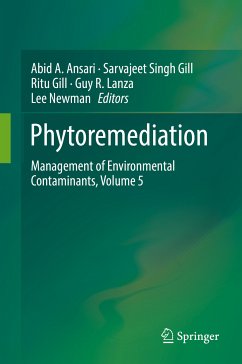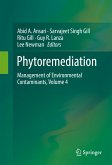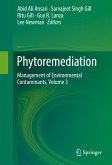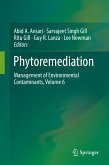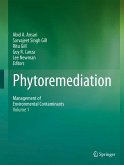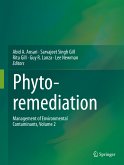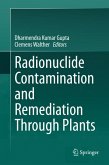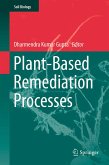This text details the plant-assisted remediation method, "phytoremediation", which involves the interaction of plant roots and associated rhizospheric microorganisms for the remediation of soil contaminated with high levels of metals, pesticides, solvents, radionuclides, explosives, crude oil, organic compounds and various other contaminants. Many chapters highlight and compare the efficiency and economic advantages of phytoremediation to currently practiced soil and water treatment practices.
Volume 5 of Phytoremediation: Management of Environmental Contaminants provides the capstone of the series. Taken together, the five volumes provide a broad-based global synopsis of the current applications of phytoremediation using plants and the microbial communities associated with their roots to decontaminate terrestrial and aquatic ecosystems.
Dieser Download kann aus rechtlichen Gründen nur mit Rechnungsadresse in A, B, BG, CY, CZ, D, DK, EW, E, FIN, F, GR, HR, H, IRL, I, LT, L, LR, M, NL, PL, P, R, S, SLO, SK ausgeliefert werden.

